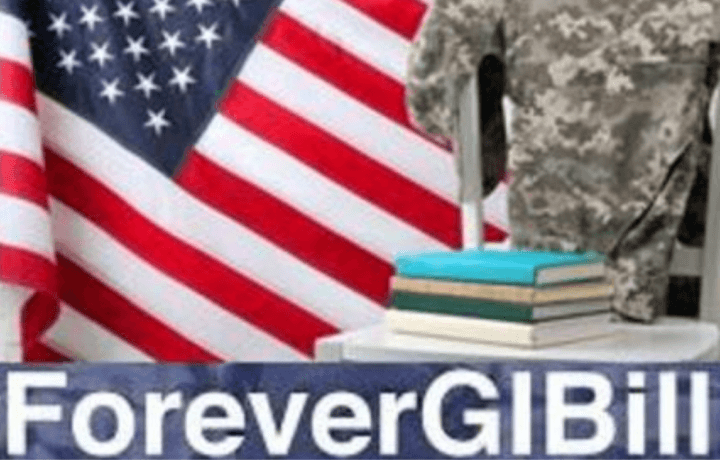It’s no secret that the Veterans Affairs has been plagued by problems relating to administering the GI Bill – in particular the Post 9/11 GI Bill. The last fiasco was trying to implement changes brought about by the Forever GI Bill – a series of needed changes to the Post 9/11 GI Bill.
The Issue
One reason why the VA continues to fail over and over is the fact that they are trying to distribute 12 billion dollars worth of benefits to one million beneficiaries using 23 – yes 23 – different legacy computer systems. VA claims processors alone use more than a dozen systems which require toggling between monitor screens, manually transferring information from one system to another, recording and storing screen shots for auditing purposes, and other time-consuming tasks that are ripe for human error. You don’t have to be very computer savvy to know that this is not a model of efficiency. In the end, it is the very customers they are hired to support … veterans and other GI Bill beneficiaries, such as spouses and dependent children, that end up suffering the blunt of the agency’s inefficiency.
So in light of their continued failures, the VA is embarking on a large-scale IT modernization program that will take between two to three years to complete. To start the program, the VA has asked Congress to reprogram some of its $243 million CARES Act money it received to fund the start of its IT overhaul.
The Solution
The VA’s goal is to buy three commercial off-the-shelf packages. Each system would be configured to do specific tasks. Once finished, the VA would then be able to:
- Call, email, chat and text GI Bill beneficiaries
- Respond in real-time to questions submitted by colleges and universities
- Grant GI Bill benefit employees immediate access to beneficiary records
Once these three systems are configured to work together, the VA would be able to:
- Create a customer relations management system whereby customer representatives would be able to respond in real-time to GI Bill inquiries from beneficiaries
- Quickly access information about colleges and universities and provide response in a timelier manner when questions from these institutions of higher learning arise
The Result
Using the lessons learned from its failed Forever GI Bill implementation, the VA plans to use a three-prong approach to their digital modernization project:
- They are going to use the same oversight and management strategy they used to finally overcome the Forever GI Bill implementation issues.
- They plan to use the same company they used with the Forever GI Bill because of its familiarity with the VA and their proven ability to overcome the issues with that Post 9/11 GI Bill upgrade.
- They plan on hiring an experienced systems integrator and software development contractor to put the whole thing in motion.
Learning from Past Mistakes
Of the new digital GI Bill IT modernization project, Jim Banks (R-Ind.), the House Veterans Affairs Subcommittee on Technology Modernization’s ranking member sees it as a breakthrough.
He said, “It represents an opportunity to learn from the past and do things differently. It could be a break with the tired, old way of doing business that fails over and over but never seems to lose its hold over the federal government. We have seen it many times. An agency hires a traditional contractors, not a technology company, with notional requirements in hand. The contractors sells the agency a closed, proprietary system or worse, builds one. The requirements fall apart and the scope creeps. The contractor burns millions of dollars just to keep the lights on. The project relaunches multiple times and eventually the agency lowers the goal posts or the whole effort gets canceled and we start all over again.”
Once finished, the modernization effort will allow the VA to respond more quickly and efficiently to the ever-evolving legislative changes to the GI Bill program well into the future.




